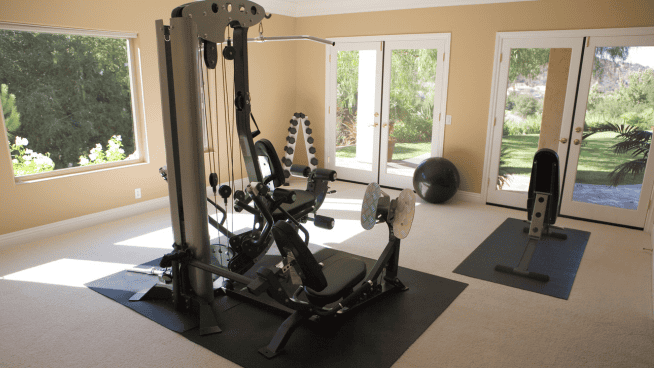Building Functional Balance for Figure Skaters
It’s easy to get carried away with our training and fall into the addictive thought pattern that “more is better.” We need to be wiser with our exercise/movement selection and strive to get more from less. We need to move away from incorporating movements into our programs because they’re trendy, and focus on moving with purpose.
RELATED: 2 Exercises to Improve Balance and Ankle Stability
Today, I’m writing about a Single-Leg balance movement geared to off-ice training for figure skaters and other unilateral-dominant athletes. This is by no means a revolutionary move. My goals are to breathe purpose into movement prescription and to give direction and intent to coaches and trainers for the benefit of the athletes. Just because a movement looks cool and challenging doesn’t mean it should earn a spot in your client’s program or exercise prescription lineup.
The movement demonstrated in the following video challenges the following:
- Balance
- Hip mobility
- Core strength
- Core endurance
- Coordination
- Athletic pattern: figure skating
I rarely come across movements relevant to training figure skaters that are off-ice-friendly. The purpose of this exercise is to help with the figure skater’s take-off and landing by transitioning between the two positions. The weight held by one arm engages the arm abductors, shoulder retractors and the posterior diagonal chain through the latissimus dorsi muscle, which then communicates with the opposite (contralateral) hip.
RELATED: 7 Tips to Master Single-Leg Exercises
This one drill challenges the body’s ability to control hip flexion and extension in both a closed (foot on floor) and open (foot that’s free) chain. It also resists rotation from the weight, challenges the core to stay straight, and ensures the gluteus medius is not dysfunctional, but rather performs its role in contributing to pelvic stability (known as Trendelenburg’s test).
A great deal of information accompanies this movement, which can be generalized for figure skaters, martial artists and anyone involved in unilateral-dominant sports. Beyond that, you can perform this exercise anywhere.
So if you’re a figure skater, martial artist or anyone who wants to enhance his or her balance and control, give this a go and get ready to grow.
[cf]skyword_tracking_tag[/cf]RECOMMENDED FOR YOU
Building Functional Balance for Figure Skaters
It’s easy to get carried away with our training and fall into the addictive thought pattern that “more is better.” We need to be wiser with our exercise/movement selection and strive to get more from less. We need to move away from incorporating movements into our programs because they’re trendy, and focus on moving with purpose.
RELATED: 2 Exercises to Improve Balance and Ankle Stability
Today, I’m writing about a Single-Leg balance movement geared to off-ice training for figure skaters and other unilateral-dominant athletes. This is by no means a revolutionary move. My goals are to breathe purpose into movement prescription and to give direction and intent to coaches and trainers for the benefit of the athletes. Just because a movement looks cool and challenging doesn’t mean it should earn a spot in your client’s program or exercise prescription lineup.
The movement demonstrated in the following video challenges the following:
- Balance
- Hip mobility
- Core strength
- Core endurance
- Coordination
- Athletic pattern: figure skating
I rarely come across movements relevant to training figure skaters that are off-ice-friendly. The purpose of this exercise is to help with the figure skater’s take-off and landing by transitioning between the two positions. The weight held by one arm engages the arm abductors, shoulder retractors and the posterior diagonal chain through the latissimus dorsi muscle, which then communicates with the opposite (contralateral) hip.
RELATED: 7 Tips to Master Single-Leg Exercises
This one drill challenges the body’s ability to control hip flexion and extension in both a closed (foot on floor) and open (foot that’s free) chain. It also resists rotation from the weight, challenges the core to stay straight, and ensures the gluteus medius is not dysfunctional, but rather performs its role in contributing to pelvic stability (known as Trendelenburg’s test).
A great deal of information accompanies this movement, which can be generalized for figure skaters, martial artists and anyone involved in unilateral-dominant sports. Beyond that, you can perform this exercise anywhere.
So if you’re a figure skater, martial artist or anyone who wants to enhance his or her balance and control, give this a go and get ready to grow.










